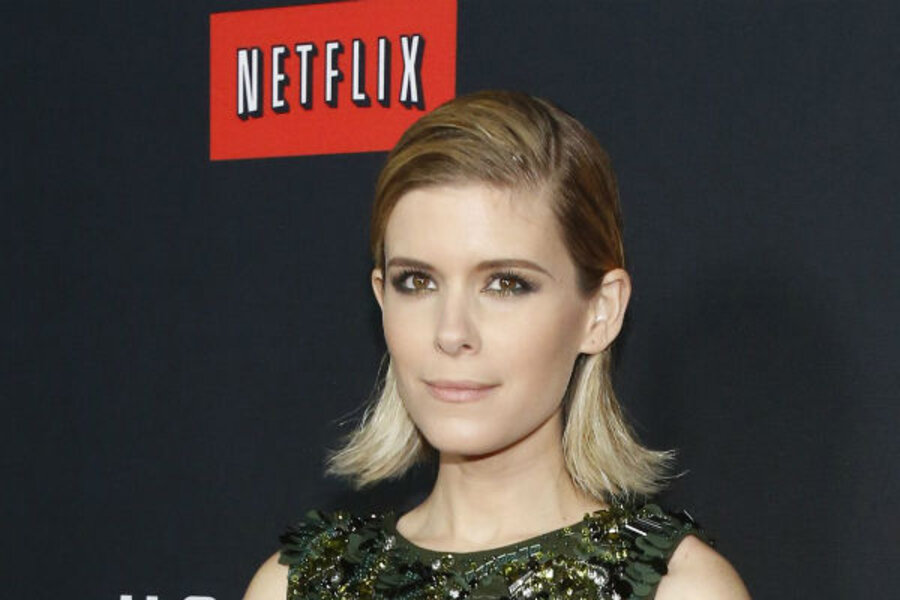Kate Mara: 'House of Cards' star's sibling bond
Loading...
Sibling rivalry is a common parenting lament, so it’s good to see Kate Mara so public about turning to her younger sister, Rooney Mara, for career advice.
For fans of the popular Netflix series “House of Cards,” Kate Mara is all the rage. News of her asking her young sister, Rooney Mara (“The Girl with the Dragon Tattoo” and “The Social Network”), advice on working with director David Fincher – who directed “The Social Network” and the first two episodes of “House of Cards” – is making its way around the Web.
When Kate was asked to work for the director, she went to little sis for advice and it seems everyone is surprised.
I think that surprise stems from the fact that siblings fighting usually makes for juicier headlines than a love fest.
The first time I tell anyone I am the mother of four boys, I hear two things, “You really have your hands full” and “How do you handle all the fighting?”
I tell people that all parents “have their hands full,” no matter how many kids there are. I was probably more overwhelmed with my first child than with my fourth, due to the difference in parenting experience.
However, on the matter of fighting, I tend to look at them and smile that “I’ve got a secret” smile, because I know that nothing is more terrifying than when siblings unite.
While they may fight, grumble, complain, and roll their eyes at each other daily, all any siblings need is a common enemy in order to come together as a fighting unit.
Some of the most impressive things I have ever seen my sons achieve together have come as the result of responding to bullies, breakups, and being forced to do a household project by their father.
“Oh, all it ever takes is common enemies with us,” said Zoltan, 20, over the phone this morning from his college apartment in Richmond, Va. “Remember how bad we were all fighting that one summer until Pop decided to build the massive brick patio and deck?”
I had forgotten that they were all sniping at one another that summer, but building a deck in the record 109-degree heat in Norfolk, Va., had a galvanizing effect on the boys.
However, siblings united isn’t always fun for parents.
In a house with four kids, it’s a lot like watching the TV show “Survivor” or playing the board game Risk, as alliances are built and the balance of power shifts, depending on which of the kids are bonding at the moment.
It’s great to see the Mara sisters sharing advice on jobs.
In our house, brothers tend more toward discussions of strategic video gaming and anti-parental tactics.
In our household today, Ian, 18, and Avery, 14, are the currently bonded pair, repelling all parental efforts to get them to do chores, or anything else they don’t want to do.
Quin, 10, is perpetually on the outs with Ian and Avery, but bonded tightly with Zoltan and will Facebook message his big brother for advice on life and how to handle his brothers.
However, as mentioned earlier, all bets are off when a common enemy is involved, particularly one outside the family.
I remember when Zoltan and Ian (17-months apart in age, with opposite personalities) were at the height of their fraternal dislike, we learned that Ian – a freshman in high school at the time – had been bullied at school for months.
The two of them made a stunning shift in communication, from barely acknowledging each other’s existence while sharing a bedroom, to Zoltan having his arm draped over his younger brother’s shoulder as they huddled to discuss strategy.
Apparently, the visual impact of them together, and a few choice words from big brother, went where no teacher conference had gone before.
“You mess with one of us and you get all of us,” is the phrase Zoltan coined that day at school and I believe it will stand the test of time.
The next time your kids are fighting, remember that while they may often pull apart, the most powerful instinct siblings have is to pull together.








